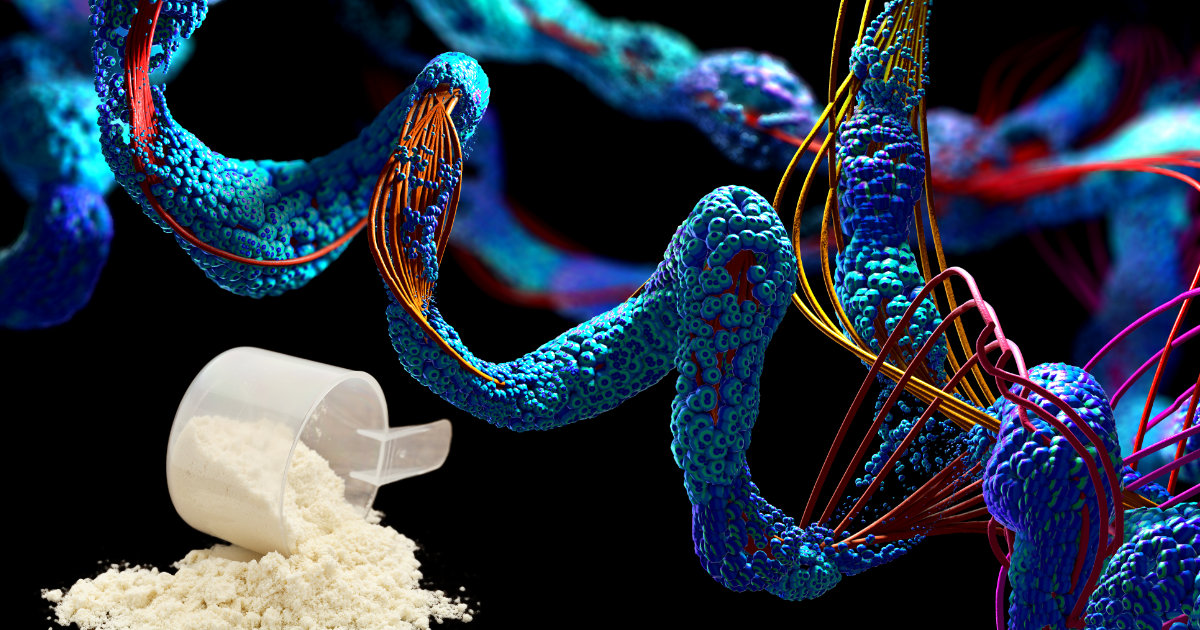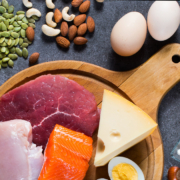Protein in the 21st Century
The results of the study seemed to be definitive: animal sources of protein yield more absorption of essential amino acids (EAAs). The reason the researchers undertook the study was that the Dietary Guidelines for Americans 2020-2025 (DGA) uses the term “ounce equivalencies” when describing protein sources. From the DGA: one ounce equivalent equals one ounce of meat, one whole egg, a quarter cup of beans, or a half ounce of nuts. The researchers question whether those sources are actually nutritionally about the same. As you can probably guess, they’re not.
Defining Equivalency
The researchers demonstrated that on an equal weight basis, those categories of foods are not equivalent on the net absorption of EAAs. When looking at the EAA breakdown of each food on the USDA Food Central Database, they are not equivalent at the same weight in EAAs or in any category. The calories are not the same per serving, the fat content is all over the place, and animal sources of food contain no fiber.
I think that both the USDA and the research group would be better served by using the word standardized, but that’s not really enough, either: it must be standardized to a specific nutrient or category. If one were to standardize to EAAs, then pork, beef, chicken, lamb, and every other animal would make the list, but plant-based products would not unless the serving size were different. Both beans and almonds have EAAs, but the portion sizes would be different and so would the calories and other nutrients.
A Better Idea
We don’t live at the turn of the last century or the 1930s; we have the technology today to use protein powders and EAAs in powder form as an addition to the foods we eat. There’s no reason we can’t add more protein as our protein needs change with our age without adding the fat and cholesterol that come with animal protein. Whether you prefer animal-based protein such as whey or plant-based protein such as soy, rice, hemp, or pea protein, you can increase the amount you get every day based on your needs. The amounts you need may vary, but 25 grams of protein is a good place to begin.
To avoid any discrepancy in the EAA content between plant and animal sources, use a product that specifically contains EAAs. They’re individual amino acids that do not have to be broken down as proteins do, and they’re absorbed faster. In this case, an additional 10 grams per day is a good place to begin.
The Bottom Line
I think the focus on protein is good at any age because we’re still a carb-centric society. If everyone would just follow the DGA instead of the modern adaptation we’ve concocted over the years, everyone would end up healthier. But we do love our Cheetos and chocolate truffles, so the teaching continues. Just remember: Make every bite count!
What are you prepared to do today?
Dr. Chet
References:
1. Nutrients, 2023. https://doi.org/10.3390/nu15132870
2. https://www.dietaryguidelines.gov/









